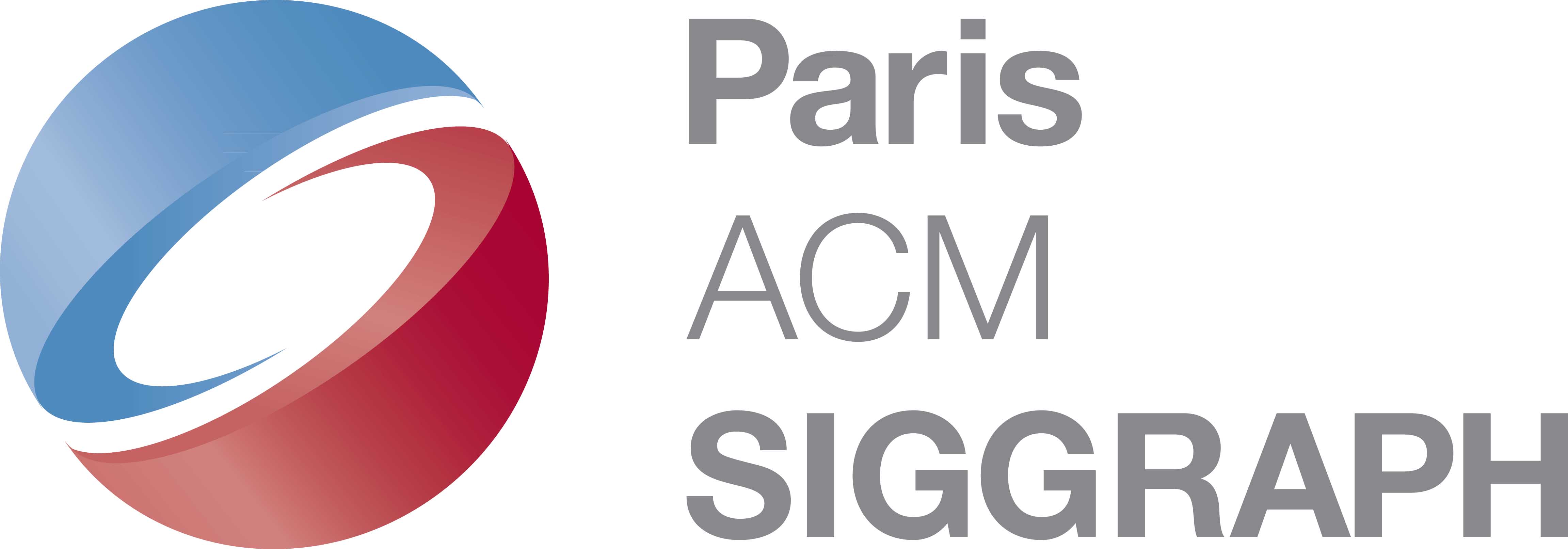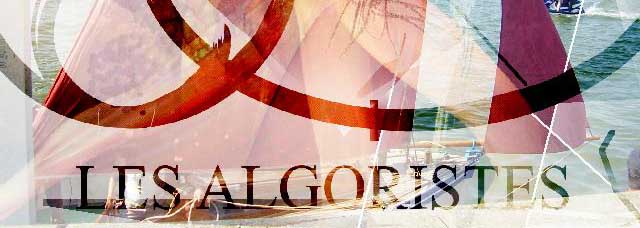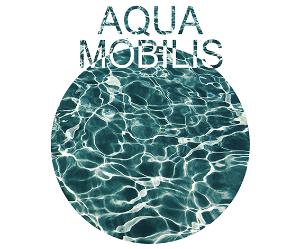
Aqua : water and generative art go well together
This show takes place in at La Passerelle, cultural gallery of Université Pierre et Marie Curie, Paris, until Feb. 10. More Info.
Generative art fans will love the connection built here between the topic dealt with and the generative processes of the works. Says the press release (our translation) :
"Seen through the Aqua Mobilis Show, water is not only a topic but as well a creative base, and the singular works shown question our complex relation to this element.
Water, with its multiple shapes, changes itself constantly, up to make the works evolutive by themselves. Heraclites said "You never swim in the same river"... and you will never look at these works with the same eyes. Evolution and life are a sign of our times, as proves the title chosen by Cap Digital for its report about Las Vega Consumer Show (see our comments).
Two works are strongly digital, Derives and Brumascope.
Derives, by Emilie Brout and Maxime Marion
This video generative work takes video cuts out of a stored corpus, and presents them in sequence built by algorithms and a set of several criteria (assigned by the artists) : date of creation and water typology (violent, soft, in love), intensity level.
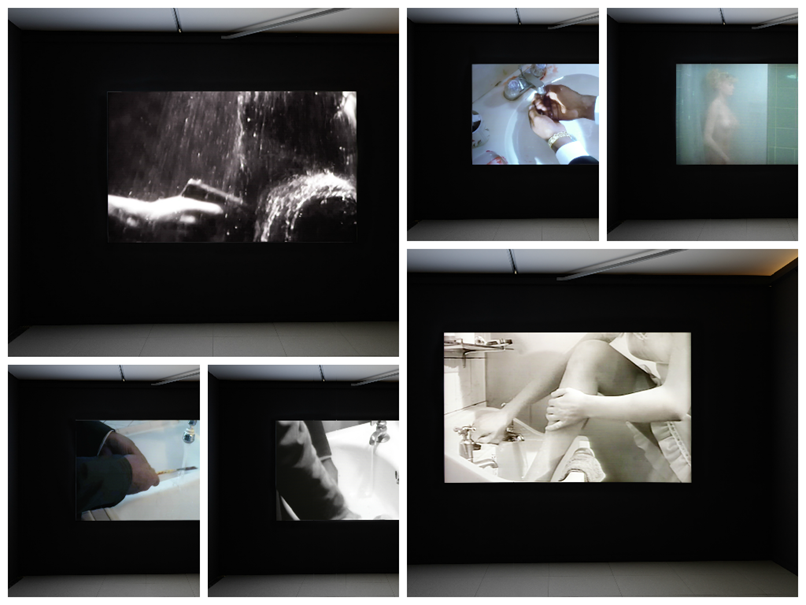
Derives
There is at least one digital precedent in this kind of work, Metacrane (2009) , by Thomas Israel, see our paper Will Thomas Israel go really generative?. The authors refer to the "found footage", with notably Martin Arnold and Christian Marclay, who do'nt use digital tools.
From a digital standpoint, ir would be interesting is to comment on the algorithms/criteria pair. That could span a wide range from the crude random choices of Oulipo to big data/deep learning... And possibly the combination of sequencing with compositing.
Brumascope, by Arthur Braude
This work is quite complex. Better than our picture, visite its website to find explnations and video presentation. It associates a video pojector, controlled by a Rasberry Pi computer and a mist generator controlled by an Arduino board. Surprisingly enough, the notice presents the work as an ode to low-tech. Let's quote :
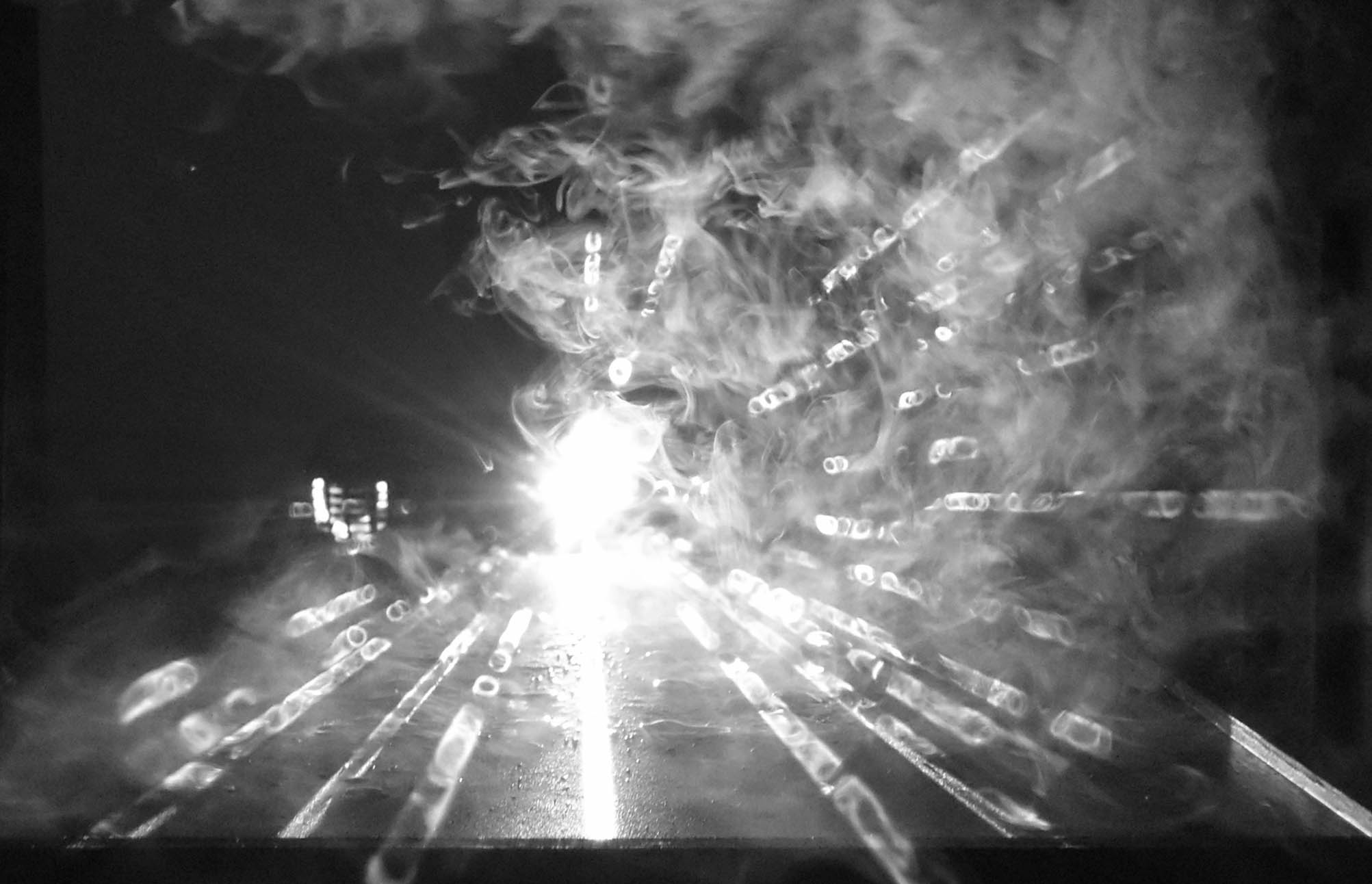
Brumascope
" At a time when we hide and lock up any computer hardware composing our technological items, at a time when the rush for more pixels makes us buy screens with higher and higher resolution, the Brumascope takes a contemplative pause.
"The Brumascope machine shows off its anatomy. Only the electronic parts are hidden to protect them from the humidity carried by the mist. It unrolls its tubes and wires along its framework and the sensible spectator can, whenever he chooses to take time, understand completely the way it works. "
"The heart of the machine : the mist screen works in a reverse way compared to the screens we’re used to. It is volatile, a simple gesture and it disappears. It is unstable, its density changing all the time. The image fixed by the mist screen moves, gets fuzzy, then thicker or thinner.
The mist screen has three dimensions and a fourth is added : the texture of the mist which is never the same. It gives to the surfaces of the image a marbled skin.
Global comments on the show from the press release.
Elément symbolique, source de vie mais aussi de danger, l’eau a inspiré de nombreux artistes à travers les siècles. Elle a été représentée sous toutes ses facettes jusqu’à devenir un objet de recherche artistique.
A travers l’exposition Aqua Mobilis, l’eau n’est plus seulement considérée comme un sujet mais bien comme un support créatif, avec des œuvres singulières qui interrogent notre rapport complexe à cet élément.
L’eau, par ses formes multiples, se modifie en permanence allant jusqu’à rendre les œuvres évolutives. A l’instar de Héraclite qui disait « on ne se baigne jamais deux fois dans le même fleuve », vous ne verrez pas au sein de cette exposition une œuvre deux fois de la même façon.
avec des oeuvres de Dominique Peysson, Arthur Baude, Emilie Brout & Maxime Marion, G.Olmo Stuppia.
Cette exposition est organisée par le collectif cinq5,
en partenariat avec ICI - International Cultural Institute et
avec le soutien de : Le Cube - Centre de création numérique, UPMC, TIM Future Centre, Sorbonne Universités, ESCP-Europe, Università Ca Foscari, et Thello.
Cette exposition a été présentée du 7 au 11 décembre à Venise au TIM - Telecom Future Centre et constitue la première étape d'un festival de création numérique entre les deux villes.

This work is licensed under a Creative Commons Attribution-NonCommercial 4.0 International License.
